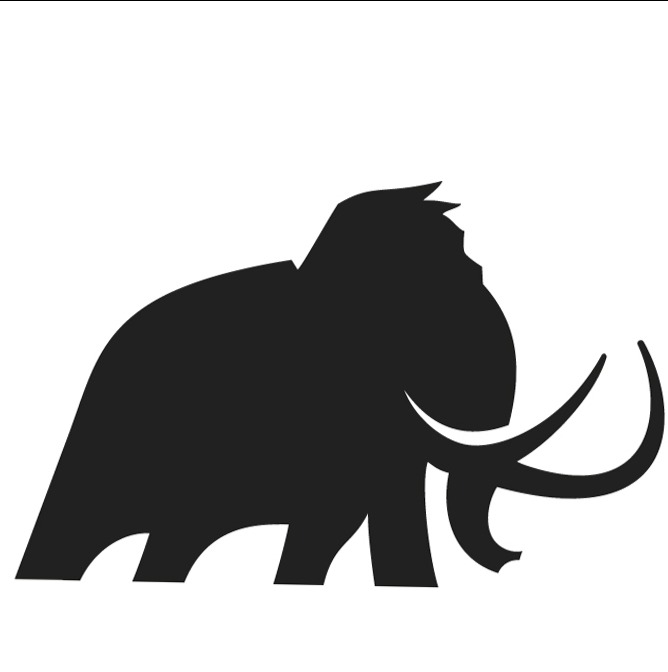- Companies
-
-
 Edmonton, Alberta, Canada
Edmonton, Alberta, Canada
-
- Categories
- Education
Achievements
Latest feedback
Project feedback
Project feedback
Project feedback
Recent projects
Main (Archived) Collection Cataloging Project
This project entails cataloging, labelling, and storing samples from the Quaternary Environments Main Collection at the Royal Alberta Museum. The samples are comprised of small glass vials that are fragile and require careful handling and care. During cataloguing, each specimen will require database fields filled, which are obtained through provided data, online sources, and from the original specimen label. Experience working in a lab setting, high proficiency using spreadsheets, good organization and communication skills, and working with natural history specimens are an asset. The use of a laptop, Excel, and label maker and associated software, will be the primary tools used to complete this project. This project entails repetitive tasks that requires meticulous and accurate data entry.
Pollen Reference Collection Cataloguing and Imaging
This project entails cataloging, labelling, storing, and imaging pollen slides into the Pollen Reference Collection at the Royal Alberta Museum. These slides are very fragile and require careful handling and care. During cataloguing, each specimen will require numerous database fields filled, which are obtained through online research (e.g., online herbaria, primary literature) and from the original specimen label and data. Experience working in a laboratory/museum setting, working with natural history specimens, and a compound microscope are preferred.
Native Plants of Alberta Plant Fact Sheet and Storymap
Develop 1-2 page Plant Fact Sheet and a Storymap for selected native plant(s) of Alberta in collaboration with the Alberta Native Plant Council (and Royal Alberta Museum). This will involve selecting plant species, researching information about the species and developing the fact sheet and storymap to correspond with it.
Beaver Hills Biosphere Brochure and Plant Checklist
Develop a brochure and plant checklist for the Beaver Hills Biosphere, as a resource for the 2025 Botany Alberta hosted by the Alberta Native Plant Council (and Royal Alberta Museum). This will involve using a variety of resources and research using primary and secondary literature to complete a species checklist.
